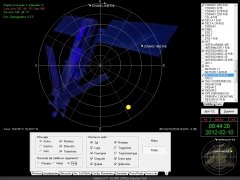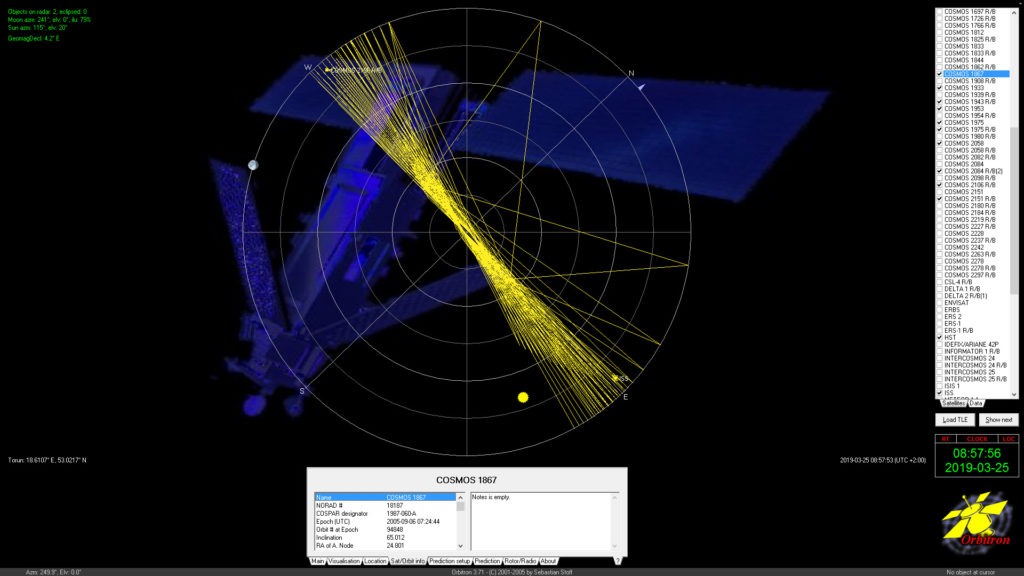

Later this database can be analyzed to find out which frequencies are the most active, saving you time searching manually for active frequencies.įinally, this package also has a frequency entry plugin, which works like the old SDRSharp frequency entry used to work. It also has a scanner metrics plugin, which records frequency activity to a database. It also has a scanner option which can quickly scan through a group of your saved frequencies, looking for an active signal. It comes with a more advanced frequency manager than the one shipped with SDRSharp. This is a plugin package which comes with three plugins. Frequency Manager + Scanner and Scanner Metrics and Frequency Entry Package We note that SDRSharp can now be downloaded with a community plugin package, which includes many of the plugins listed below. dll into the SDR# folder and add the magicline line to the plugins.xml file to install the driver. Most files will contain a readme.txt or magicline.txt file that shows what line to add to the Plugins.xml file. The installation of most of these plugins will require editing the Plugins.xml file with a text editor such as notepad. Here is a collection of all the plugins and download links that I could find. There are a number of SDRSharp plugins that extend its functionality.

Oh, and you need an operational ground-to-space missile system as well (I have one, but it’s down right now). Google Earth is only used to “visualize” the satellite position based on the data it gets from the Orbitron software, and would play no part in the actual shooting down. Evils read the article, though, they’ll see that the inclusion of Google Earth as part of this “system” is gratuitous. It supposedly warns us about how easy it would be to blow up a satellite using a free piece of satellite tracking software called Orbitron in combination with Google Earth.

Information Week has an article with the provocative title above making the blogosphere rounds.


 0 kommentar(er)
0 kommentar(er)
